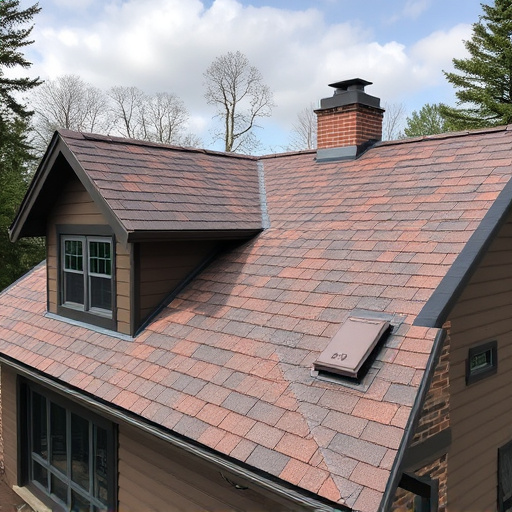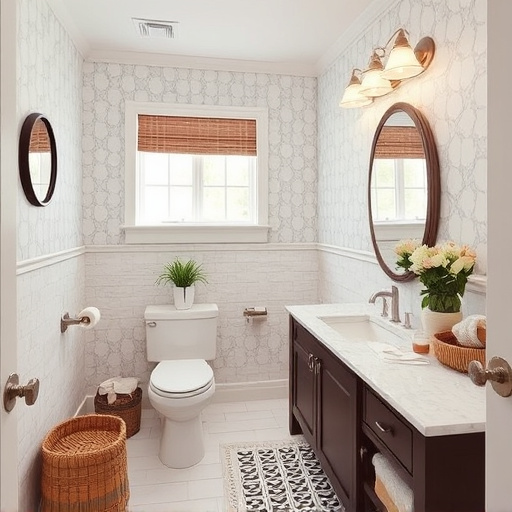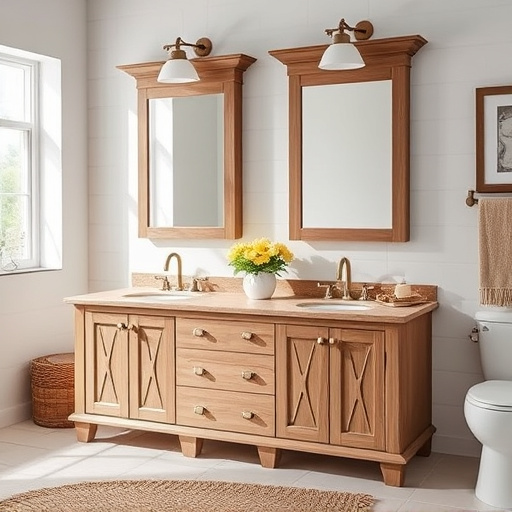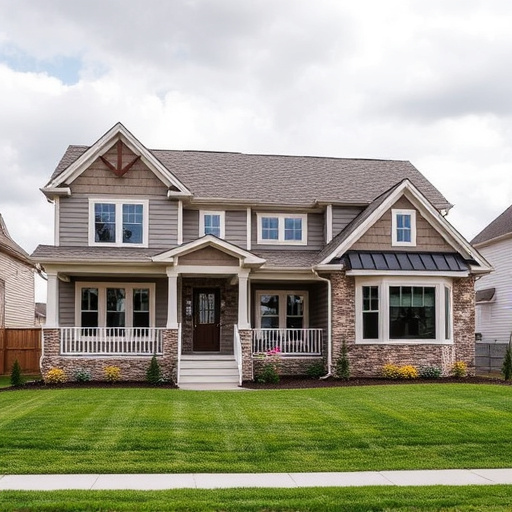Marble and granite are top picks for bathroom countertops due to their distinct aesthetics and durability. Marble provides a luxurious look with varied veins, but requires regular sealing to prevent staining. Granite is known for its strength, non-porous surface, stain resistance, and ease of maintenance, making it ideal for high-traffic areas. While granite might be more expensive upfront, its longevity makes it a cost-effective option in the long run. Both materials offer endless design possibilities and can be installed over existing surfaces, suitable for any bathroom redesign project.
“Transform your bathroom into a luxurious sanctuary with the perfect countertop. Marble and granite are top choices for their timeless elegance, but which is best? This guide explores the intricacies of marble and granite bathroom countertops, highlighting their unique characteristics, benefits, and drawbacks.
We’ll help you navigate the decision-making process by weighing the pros and cons, considering factors like durability, maintenance, and aesthetics. Discover how these natural stones can elevate your space, ensuring a thoughtful redesign that reflects your style.”
- Understanding Marble and Granite Bathrooms Countertops: A Comprehensive Look
- Pros and Cons of Each: Weighing the Options
- Making Your Decision: Factors to Consider for Your Bathroom Redesign
Understanding Marble and Granite Bathrooms Countertops: A Comprehensive Look

Marble and granite are two of the most popular choices for bathroom countertops, each with its unique allure and characteristics. Understanding their distinct features is crucial when embarking on home transformations, especially in high-traffic areas like bathrooms.
In terms of aesthetics, marble offers a luxurious and elegant look with its natural veins and diverse colour options. It’s a favourite choice for those seeking a sophisticated and timeless interior painting style. On the other hand, granite exudes durability and strength, providing a robust surface that can withstand everyday wear and tear. Granite countertops are a popular pick for kitchen and bath spaces, enhancing their overall look and value. Both materials require proper maintenance to preserve their beauty, but they each bring a unique charm to any bathroom design.
Pros and Cons of Each: Weighing the Options

Marble and granite are both popular choices for bathroom countertops, each with its unique allure and drawbacks. Marble, known for its elegant veining and softness, offers a luxurious look. It’s highly malleable, making it easy to carve and create intricate designs. However, marble is also porous and requires regular sealing to prevent staining and water damage. This natural stone is more susceptible to scratches and chips compared to granite, necessitating frequent cleaning and maintenance.
Granite, on the other hand, is renowned for its durability and hardiness. As an igneous rock, it’s non-porous, making it highly resistant to stains and moisture. Granite countertops are easier to maintain, needing only occasional sealing. They offer a wide range of colors and patterns, allowing for more customization in residential renovations. While granite might be pricier initially, its longevity makes it a cost-effective option in the long run, especially when compared to exterior painting or other customized work.
Making Your Decision: Factors to Consider for Your Bathroom Redesign

When deciding between marble and granite for your bathroom countertops, consider several factors that will impact both aesthetics and functionality. The choice between these two popular options ultimately depends on personal preference, budget, and specific needs. One key distinction lies in durability; granite is known for its resistance to scratches and heat, making it a top pick for high-traffic bathrooms or households with active kids. Marble, while stunning, requires more maintenance as it’s softer and can be susceptible to stains and etching.
In terms of design and customization, both offer endless possibilities. Granite comes in various colors and patterns, from classic grey to exotic pinks, and can be easily cut into unique shapes or embedded with interesting veining. Marble also boasts a wide range of natural hues and can be polished to different levels of shine. For a personalized touch, consider the option for customized work, whether it’s a specific cutout for a sink or a one-of-a-kind margin design that complements your home renovation vision. Floor replacements aren’t always necessary; both materials can be installed over existing surfaces, making them adaptable choices for any bathroom redesign project.
When choosing between marble and granite for your bathroom countertops, consider your lifestyle, budget, and aesthetic preferences. Both materials offer unique beauty and durability, but each has its drawbacks. Granite may be more durable and low-maintenance, while marble can provide a luxurious and elegant touch. By weighing the pros and cons outlined in this article, you can make an informed decision that best suits your bathroom redesign needs, ensuring you select the ideal countertop for years of enjoyment.














